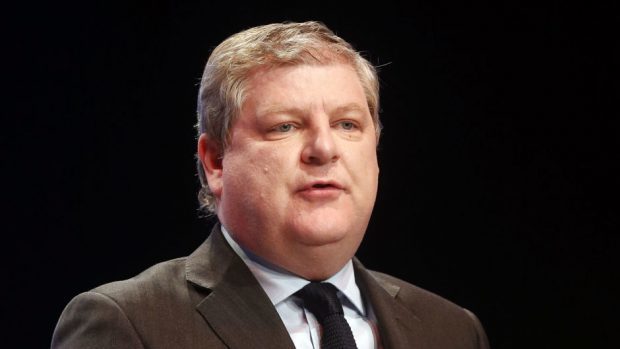Angus Robertson last night criticised the lack of transparency surrounding the ownership of “huge swathes” of Scottish land as the prime minister faced questions from MPs over his tax affairs.
The SNP Westminster leader also called on David Cameron to ensure his cabinet colleagues confirm whether they have ever benefited through offshore financial dealings.
His intervention came as the PM appeared before the Commons for the first time since the Panama Papers leak over the Easter break.
Mr Cameron – dubbed “Dodgy Dave” by veteran Labour MP Dennis Skinner who was ordered out of the chamber – came under fire last week after he admitted he had been the beneficiary of an offshore fund set up by his late father Ian.
Yesterday, he sought to draw a line under the episode, staunchly defending his dad’s actions.
He also outlined measures to make it harder for people to hide the proceeds of corruption offshore.
Shining a spotlight on land ownership north of the border, Moray MP Mr Robertson said: “In Scotland, we are confronted by the reality of a small number of landowners owning huge swathes of the country, many through tax havens.
“From Perthshire to Jura and across Scotland, land is owned through intransparent firms based in tax havens like Panama and the British Virgin Islands.”
Mr Cameron said he would be happy to work with and help the devolved administrations “in every way we can”.
But he rejected Mr Robertson’s exhortation for every member of the UK cabinet to release information about their financial dealings, adding: “I think the current rules are right.”
Earlier, the PM – who published a summary of six years of tax returns at the weekend – told MPs he thought it was right that those who aspired to run the nation’s finances declared their own tax affairs.
But he added: “I am not suggesting that this should apply to all MPs.
“We already have robust rules on members’ interests and their declaration and I believe that is the model we should continue to follow.”
Labour Leader Jeremy Corbyn dismissed Mr Cameron’s statement as a “masterclass in the art of distraction” and suggested he did not understand the public’s anger over tax avoidance and evasion.
He said: “What they (the Panama Papers) have driven home is what many people have increasingly felt – there is now one rule for the super-rich and another for the rest.
“I’m honestly not sure that you fully appreciate the anger that is out there over this injustice.”
In his speech, Mr Cameron said most crown dependencies, often described as tax havens, would now share information with British authorities.
He told MPs that all except Guernsey and Anguilla had agreed to provide UK law and tax agencies with full access to information on the beneficial ownership of companies.
He also said new laws to prevent companies facilitating tax evasion would be implemented this year and a £10million multi-agency task force established to look into the Panama Papers.
As the PM got to his feet, Mr Corbyn published his tax return, a step also taken by George Osborne earlier in the day.
The Islington MP’s 2014/15 return, filed a few days late, showed that he declared £1,850 of taxable income over and above his parliamentary salary made up of lecture fees and “survey” income.
Mr Osborne’s return revealed he received a total taxable income of £198,738 in 2014/15, including £44,647 in the form of dividends and rental income of £33,562, and that he paid income tax of £72,210.
